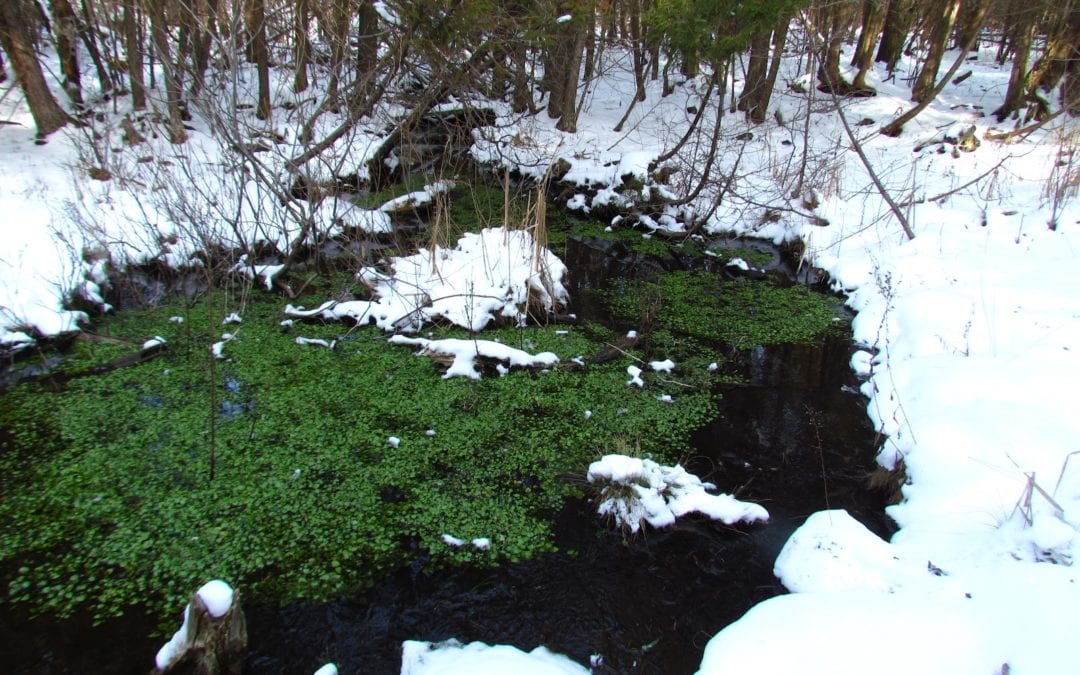The forecasters can’t seem to agree on whether March is coming in like a lion or a lamb. Finding consensus about the weather is tricky because our memories can be so subjective. But you wouldn’t be quite correct if you believe that it has been a very snowy winter. With very nearly double the average inches in both months, it’s been a very snowy January and February. Accumulated totals are at 50.5 inches as of Tuesday morning, with more forecasted. And given the normal average of almost 10 inches for April, May, and June, it’s safe to say that we’d all like to put our snow shovels away in favor of some spades and trowels.
We know that you’re itching to get into the garden, but the incoming sub-zero temperatures are signaling that it may be a while before you begin planting anything in the garden. Never fear though. Spring always arrives. Eventually.
Should you feed or starve your spring fever? If you decide to appease that gardening beast, try starting some seeds indoors. Onions, leeks and any perennial flowers can be sown now. Use a good germinating mix, like Black Gold’s Seedling mix or Propagation Mix from Sungro. These mixes are formulated for young plants and will help lessen the chance for damping off and other fatal fungal diseases. And don’t forget that these growing starts will need plenty of light, so you may want to invest in some grow lights. You’ll find lots of choices in the Garden Center.
If you haven’t yet, it is time to thoroughly inspect all your plants for insect pests. You may have made it so far without problems, but pesky creatures can pop up, seemingly overnight. Carefully check underneath all the leaves for lurking spider mites and whiteflies. These pests can be very sneaky. Aphids are easier to spot on new tender shoots. Keen observation goes a long way. A good shower or spray in the kitchen sink will make a world of difference. Be sure to use lukewarm water and don’t wash plants with fuzzy-leaved or cactus.
And what is your lawn doing under all of the snow? It’s hard to predict what effect the winter will have. We tend to take a wait and see attitude. When areas do begin to green up, think about applying an early spring fertilizer. Remember that growing grass necessitates mowing grass, so get your mower tuned up and get the blades sharpened. Ragged mower cuts will damage the grass plants and cause discoloration. In fact, it isn’t a bad idea to sharpen all of your cutting tools, from hand pruners to chainsaws. And if you applied a lot of salt to combat this winter’s ice, liberally flush the areas at the edges of driveways, sidewalks, and roadways as the snow melts to wash as much of those de-icing products out of the soil as possible.
Be careful about knocking snow and ice from perennials and tender shrubs to minimize breakage. Again, we’re preaching caution. There’s still a lot of time for more snow and hard freezes. Over 13 inches of the white stuff fell last April! And if you really can’t stand the wait, take a walk through UW-Madison’s Arboretum. Take the trail to Skunk Cabbage Bridge. And on your way, stop to see if the watercress is greening up at Big Spring.


